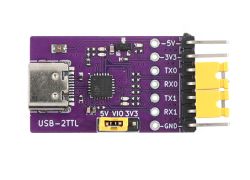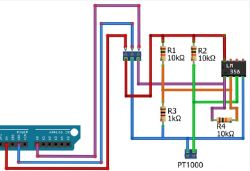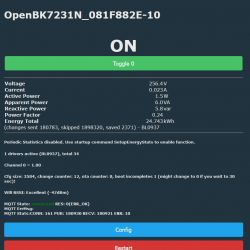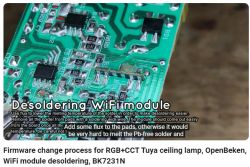Just check what series of devices you have. There are two different versions.
I also found I had issues with using Cloudcutter on a Raspberry Pi and had to switch to Ubuntu to flash as it was faster and didn't timeout as the Pi can do.
I also have found that I've had issues with my device constantly rebooting and have become non-usable when I flashed the series 2 version (BK7231N) with the Raspberry Pi. No issues with the Ubuntu flashed ones. Mind you the ones that I'm having the issues with failed to be flashed several times on the Raspberry Pi. Thankfully I only tried to flash 2 devices out of the 4 I had with the Pi.
Hopefully, you don't have issues with them rebooting. It didn't happen right away. Took a few months for the problem to start. Not sure if it's a firmware issue or not but seems highly likely some kind of error happened with Cloudcutter when they failed to flash that causes the devices to reboot. Maybe something got overwritten in the bootloader or its memory gets full and crashes causing a reboot. I have no idea. I just know that the two devices I have are unusable. I could OTA update them but with one rebooting constantly and the other one basically dead, I don't think they are savable.
I have 4 BK7231T devices that have no issues so hopefully you have that version. It seems all the issues are with the BK7231N version.
I have this setup in my autoexec.bat and it works well
-- Start NTP driver and set time zone offset
startDriver NTP
ntp_timeZoneOfs +10:00
-- Enable power saving
powerSave 1
-- Setup Energy Statistics
SetupEnergyStats 1 60 60
Just be sure before you OTA update you copy the autoexec.bat for the BK7231T version as it deletes on update.
You will also have to pull the plug out from the power point wait 5 seconds then hold the little button on top down while reinserting the plug for the update to work. Sometimes it takes a few goes to get it to update but I found this to work 90% of the time. Again only have to do this with the BK7231T version.









